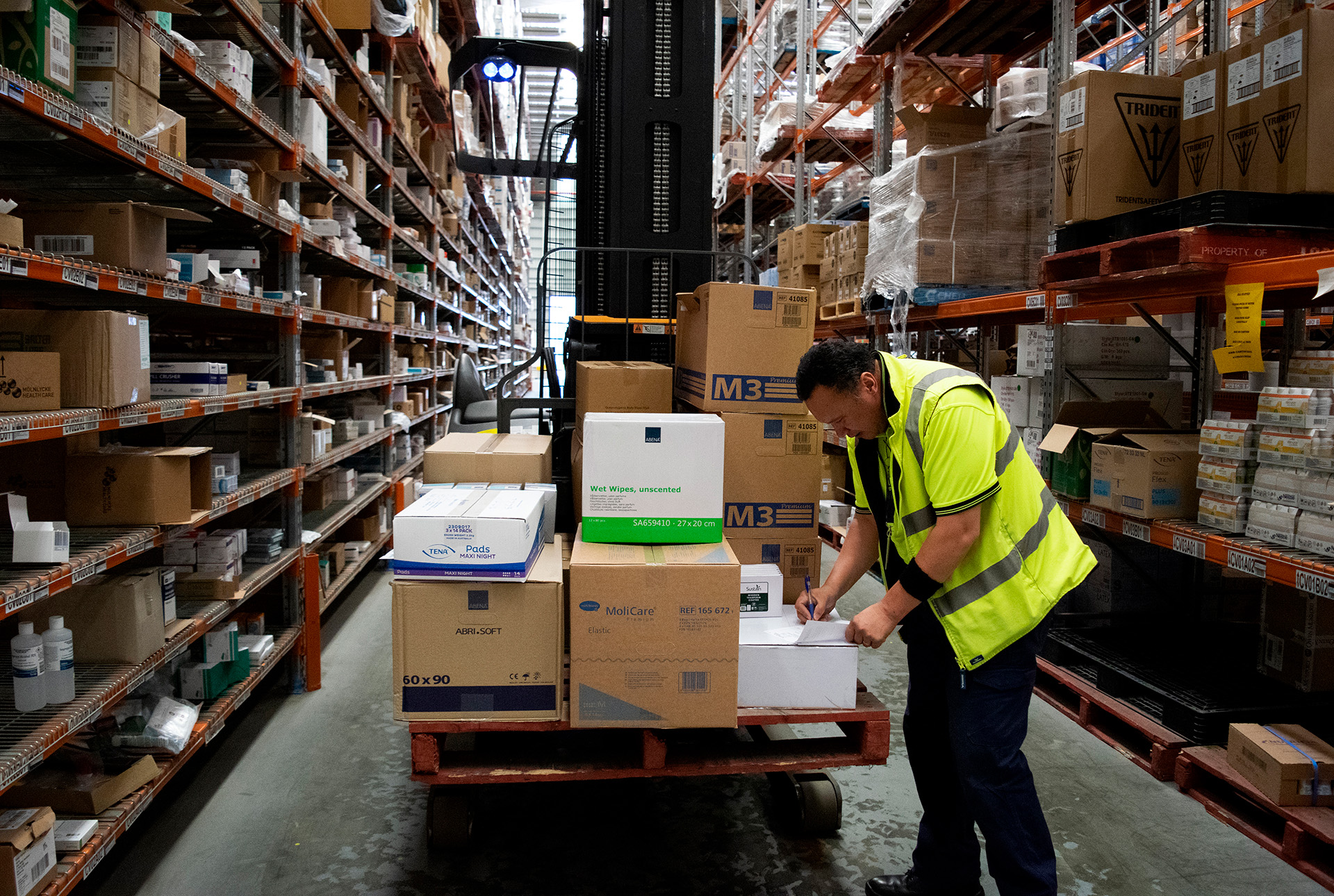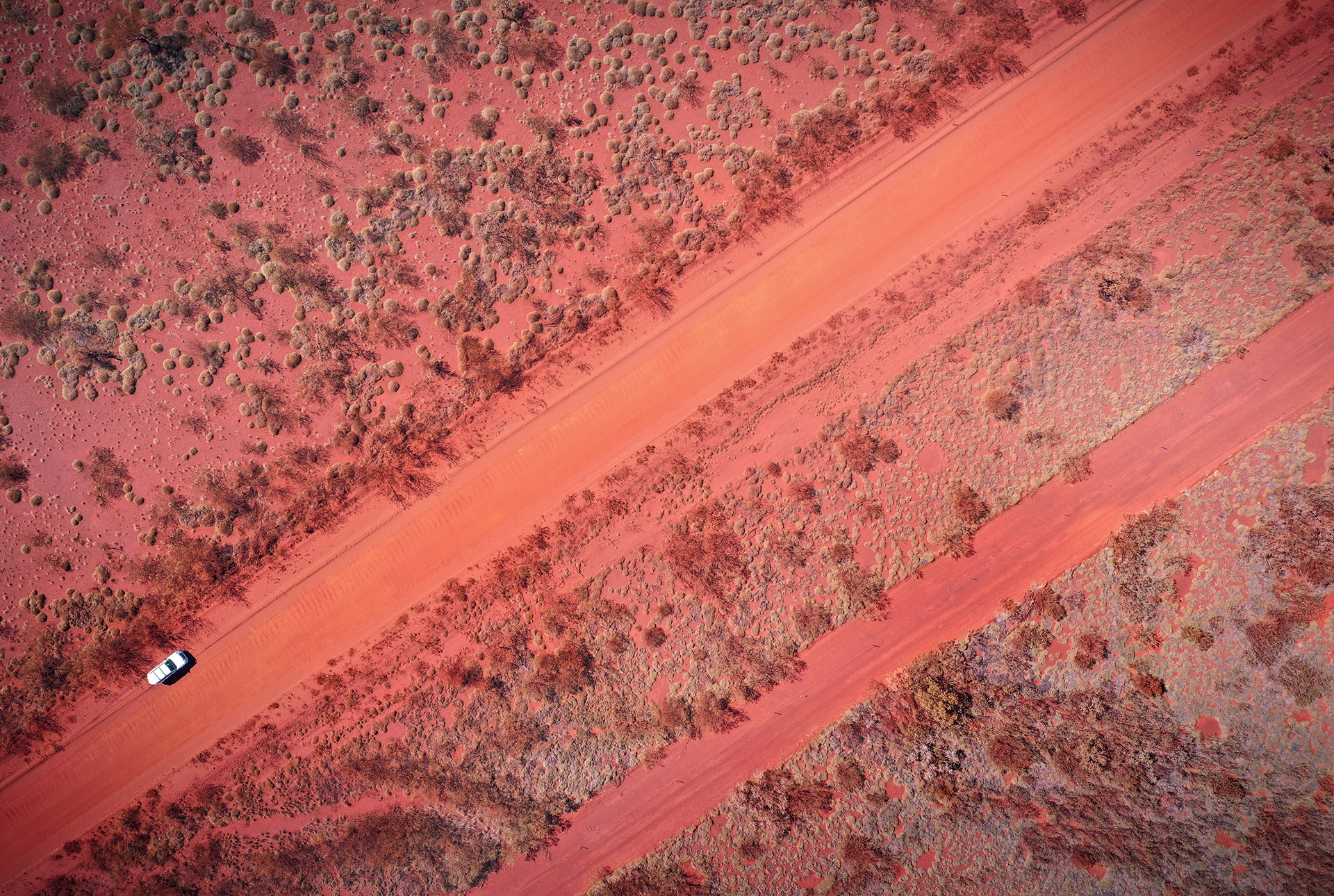There are few crafts that require the strength, precision and experience of butchery. And as far as trades go, it may well be one of the oldest. More or less from the moment humans began to domesticate livestock, early ‘butchers’ were highly prized members of prehistoric societies.
As time went on, the trade turned into something of a skilled profession, with butchers in Ancient Rome using hatchets and cleavers to add refinement and skill to the role. Fast forward a thousand years or so and the first butchers guilds were formed in England, before, much later again, the mass industrialisation of butchery began in places like Chicago’s meatpacking district, in the late 19th century.
And while the late 20th century wasn’t always easy on butchers, as customers were lost to supermarkets, this century has seen something of a resurgence for the meat cutting craft, with about 1,500 butchers shops currently operating in Australia, and more than 4,000 qualified butchers working in New Zealand.
In part that’s been down to a growing desire among the public to know where their meat has come from and how it has been prepared. Likewise, customers will often visit the butcher when seeking out gourmet meat products and cuts they haven’t tried before.
It is around this latter point that butchers can truly show expertise – especially if your butcher processes carcasses on site. With nose-to-tail dining proving ever more popular, not least at a time when sustainability is a noted issue, the butcher is best placed to advise customers on which cuts are right for which dishes.
But as every butcher knows, for the right cut, you need the right blade. Partnering with Munkfors, Khabin supplies high-quality bandsaw blades for the food industry. No matter what cuts you are wanting to produce, these blades keep the art of the trade alive. With a blade for any situation, they offer the precision shown by thousands of years of butchery – in each and every cut.










